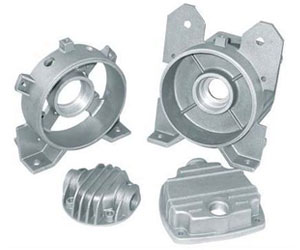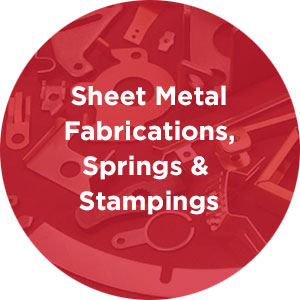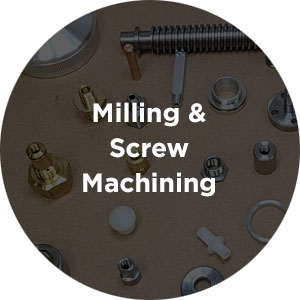CASTINGS & FORGINGS
Centrifugal Casting

Centrifugal casting, sometimes called roto-casting, is a metal casting process that uses extremely high centrifugal force (“G” Force) to molten metal to form cylindrical parts. This differs from most metal casting processes, which use gravity or pressure to fill the mold. Centrifugal casting is used to produce axi-symmetric parts, such as cylinders or disks, which are typically hollow.
Due to the high centrifugal forces, these parts have a very fine grain on the outer surface and possess mechanical properties approximately 30% greater than parts formed with static casting methods. This casting method is performed in a wide variety of industries, including aerospace, industrial, marine, and power transmission. Typical parts include bearings, bushings, coils, cylinder liners, nozzles, pipes/tubes, pressure vessels, pulleys, rings, and wheels.
Our centrifugal caster produces parts in aluminum, stainless, copper and nickel alloys, as well as a custom blend of alloy to meet the customer needs and meet tighter tolerances than industry standards.
Die Casting

Die casting is a method of molding typically non-ferrous metals and alloys, such as zinc, tin, copper and aluminum under high pressure. The molten metal is injected into a die mold under high pressure, until the component solidifies. This casting process is fast, as it simultaneously removes material scrap as it’s removed from the die. This is a process that provides a part with close tolerances, high dimensional consistency, and a reduced need for post-casting machining. Despite low cost piece prices, die casting has relatively high tool costs, which makes it more cost efficient for high volume runs.
Our die caster molds custom components in aluminum and zinc materials, from a few ounces up to a 5 lbs. part.
Forging / Cold Heading

Forging is a manufacturing process involved in shaping metal using localized compressive force. The force is typically delivered with a power hammer or a die. Forging is often classified according to the temperature at which it is performed: cold forging vs. warm/hot forging. Forged parts are used wherever a component requires high strength but the forged component will usually require additional machining to finish the part. Our forger produces forged parts ranging in size from a few ounces up to 10 lbs. in common materials.
Cold heading is feeding wire into a machine, cutting it into pieces, and hammering on it. The material is not heated or machined, but formed into its desired shape at room temperature. Advantages of cold heading a part over using a CNC lathe or Swiss screw machine, includes reduced part cost both through production speed and minimal scrap generated from the part. And because the part is formed rather than cut, it creates a much stronger part for its size.
Our cold header can cold head material with a .078” through 1” diameter, using a single die design or multiple die design up to five stations.
Powdered / Sintered Metal

Powder metallurgy, or PM, is a process for forming metal parts by heating compacted metal powders to just below their melting points. This process has advantages over other metal forming technologies such as forging and metal casting when it comes to complex shapes and near-net-shape dimensional control. This process is more cost efficient for high volume runs and is a recognized green technology.
Our powdered metal house is an overseas supplier, that can handle almost any size and varied material.
Sand Casting

Sand casting typically relies on synthetic or naturally-bonded sand. Casting sand consists of finely ground, spherical grains that can be tightly packed together into a smooth molded surface. This process has relatively inexpensive production costs, especially in low volume runs and the ability to fabricate large components and a capacity to cast both ferrous and non-ferrous materials. This process produces parts with walls 0.200” thick or thicker. It’s well suited for casting parts from aluminum, gray iron, ductile iron or steel.
Our sand caster can cast from a few ounces up to 100+ lbs. in any material, except exotics.
Investment Casting

Investment castings are often used to manufacture parts for the aerospace, military and automotive industries. This casting process may achieve a highly precise component, but is usually more expensive than other comparable casting techniques, and is typically only cost efficient when sand or plaster castings cannot be used. However, the expense can sometimes be compensated for with reduced machining and tooling costs due to the investment castings’ quality surface results.
Our investment caster can create a casting weighing a few ounces up to 20 lbs. in aluminum or stainless steel materials.
Prototype Cast Parts:
Tooling methods used and tooling costs depend on the size and complexity of the casting, as well as the number of parts required. For smaller quantities (one to six parts) of small to medium-sized parts, stereolithography (SLA) tooling is the fastest, most cost-effective solution. Larger parts and quantities up to 100 will require four weeks for delivery of first samples.






